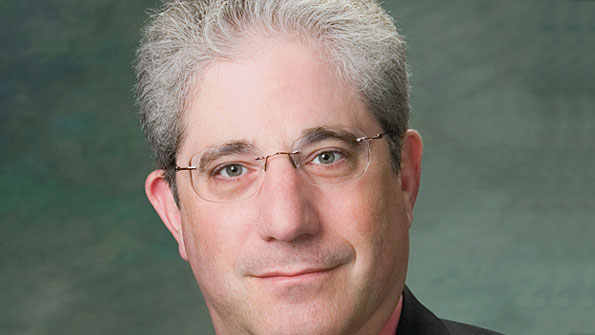LMR industry displays its resilience at IWCE
Once again, the land mobile radio (LMR) industry has showed its resilience and diversity, this time at the International Wireless Communications Expo (IWCE). Amazingly, attendance was about the same as last year, despite not having the benefit of the usual collocation with the Motorola Channel Partner Summit — which will be collocated again next year — and despite the sequester-driven travel cutbacks. At the same time, other organizations chose to partner with IWCE, showing the growing importance of wireless in these traditionally non-wireless-centric fields.
With numerous FirstNet-related sessions, one would think that the audience would have been spread out amongst them. Instead, it was SRO at virtually every one of these sessions. This despite the fact that we haven't even gotten to the nitty-gritty hard work that FirstNet must accomplish. But if you think that IWCE was all about FirstNet this year, think again. Expansion of choices in non-LTE technologies was prevalent, from new sources for TETRA equipment to the growth of DMR availabilities.
Did we do our last IWCE narrowbanding session? I hope so, but only time will tell. In the meantime, the focus turned to T-Band migration, in-building wireless (now that the BDA item has been put out by the FCC), smart-grid discussions, and the special needs of transit communications.
My biggest problem at IWCE was not being able to get to all of the sessions that I wanted to attend. There were just so many that sounded appealing. Those that I was able to attend featured better presentations than ever before. For example, the presentation of NSPTC's T-Band relocation report was incredible in its detail. It either confirmed your earlier beliefs, frightened you, or both.
Although there were so many good things at IWCE, there also were things to worry about. For instance, how will FirstNet's network be built, given the current inadequate funding and unclear business model? Also, what we heard in the 800 MHz post-rebanding interference panel should concern anyone licensed in the band. Meanwhile, the existence of so many non-narrowbanded systems raises the spectre of a significant amount of FCC enforcement action to come. And the interference issues that can arise when analog and digital signals are mixed on the same channel show that we will have a lot of work to do in the post-narrowbanding era.
Thus, while we have much to celebrate in the LMR world, we recognize that there are still many things that command our attention. The prospect of two new FCC commissioners is not helpful to this process, as anytime there is a changing of the guard, there is delay at the commission. This is the result of the need to bring new staff and commissioners up to speed on issues.
Thus, the industry should not expect rapid action on every item of importance. Rather, things will be more deadline-driven.
Hopefully, some decisions can be made by the commission before the exit of two of the five commissioners. Nevertheless, this should be viewed as a time of prosperity for the LMR industry, and all are encouraged to participate.
What do you think? Tell us in the comment box below.
Alan Tilles is counsel to hundreds of entities in the wireless industry. He is a partner in the law firm of Shulman Rogers Gandal Pordy & Ecker and can be reached at [email protected] or on Twitter @landmobilelaw.















